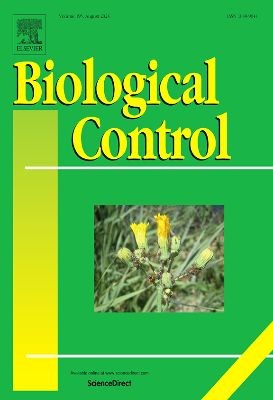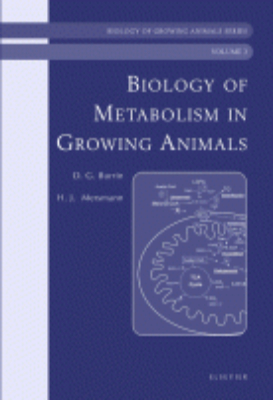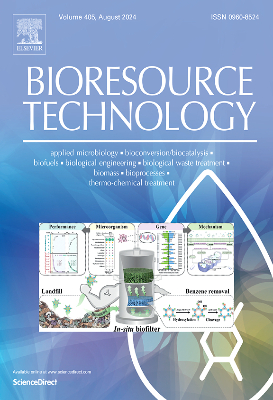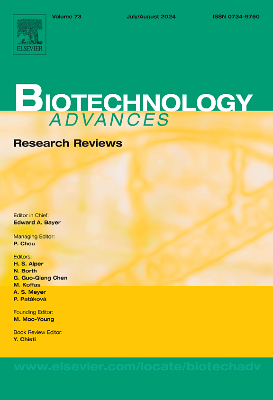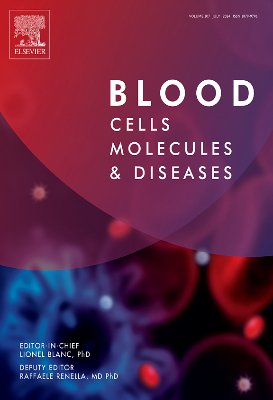E-Resources
Biology and Evolution of the Mexican Cavefish
"Biology and Evolution of the Mexican Cavefish features contributions by leading researchers in a comprehensive, unique work that examines a number of distinct areas of biologyevolution, development, ecology, and behaviorusing the Mexican cavefish as a powerful model system to further understanding of basic biological processes such as eye degeneration, hearing, craniofacial development, sleep, and metabolic function. These fish are currently being used to better understand a number of issues related to human health, including age-related blindness, sleep, obesity, mood-related disorders, and aging. The recent sequencing of the cavefish genome broadens the interest of this system to groups working with diverse biological systems, and has helped researchers identify genes that regulate sleep, eye degeneration, and metabolic function. Mexican cavefish are particularly powerful for the study of biological processes because these fish evolved independently in twenty-nine caves in the Sierra de el Abra Region of Northeast Mexico. These fish have dramatic adaptations to the cave environment, and this can be used to identify genes involved in disease-related traits. This scholarly text will be of interest to researchers and students throughout diverse areas of biology and ecology. It includes photographs of animals and behavior in laboratory and natural settings that will also increase interest and accessibility to non-experts.. Key Features. Includes a mixture of images and illustrations such as the geographical distribution of cave pools and the developmental biology of the nervous system. Features a companion site with geographical maps. Fills a notable gap in the literature on a topic of broad interest to the scientific community. Presents the recent sequencing of the cavefish genome as a groundbreaking development for researchers working with diverse biological systems"
Biology of Plant Litter Decomposition: Volume 1 1974
Biology of Plant Litter Decomposition, Volume 1 focuses on decomposition of various types of litter, which include all plant remains, ranging from still standing dead trees to the decomposing hyphae of fungi and bacterial cells, including herbivore dung. The book is organized into seven chapters, each devoted to a specific type of litter including lower plants, herbaceous, angiosperm, and coniferous tree leaf litters; wood; root; and digested litter. It describes the structure and function of the organisms concerned. It also covers the involvement of biotrophic and necrotrophic parasites of higher plants in the early stages of decomposition. With a strong focus on the interrelationships in plant litter decomposition, the book is an ideal source of information for research biologists who are interested in life cycle and decomposition of plants.
Biology of Plant Litter Decomposition: Volume 2 1974
Biology of Plant Litter Decomposition, Volume II is organized into two parts. The first part focuses on the organisms involved in plant litter decomposition, particularly, their structure and function. The second part deals with the environmental conditions under which breakdown occurs over the whole global surface. This volume separately considers terrestrial, freshwater, and marine environments. Furthermore, it describes two anthropocentric aspects: agriculture, with an emphasis on the importance of the saprophytic activity of plant pathogenic fungi, and the increasingly important composting of urban waste. This book will be invaluable to science students and instructors, as well as to biologists, botanists, marine ecologists.
Biology of the Nitrogen Cycle
"All organisms require nitrogen to live and grow. The movement of nitrogen between the atmosphere, biosphere, and geosphere in different forms is described by the nitrogen cycle. This book is an activity of the COST 856 Action on Denitrification. It covers all aspects of the N-cycle: chemistry, biology (enzymology, molecular biology), physics, applied aspects (greenhouse effect, N-pollution problems, practices in farming, in waste-water treatment, and more). In this book, leading editors offer the latest research available on dentrification (reduction of nitrates or nitrites commonly by bacteria- as in soil). Key Features. Provides details on denitrification and its general role in the environment. Offers latest research in N-Cycle and its reactions. Discusses impacts on various environments: agriculture, wetlands, plants, waste-water treatment and more. The only book available in the field since the last 20 years. Contains 27 chapters written by internationally highly recognized experts in the field. Covers all modern aspects, emphasizes molecular biology and ecology. Written in an easily understandable way"
Biotechnological Innovations in Animal Productivity
Biotechnological Innovations in Animal Productivity examines the application of biotechnology to animal production. The book focuses on the use of contemporary biotechnology procedures on the different facets of animal production such as the reproductive capabilities of animals, their growth rates, and the ability of the farmer and veterinary services to prevent and cure infection. The text contains chapters that discuss topics on the manipulation of reproductive processes, endocrine regulation of the oestrous cycle, in vitro embryo production and manipulation, vaccines, and the production of transgenic (livestock) animals. Biotechnologists, biologists, and livestock producers will find the book very insightful.
Biotechnology and Plant Breeding
"Biotechnology and Plant Breeding includes critical discussions of the newest and most important applications of biotechnology in plant breeding, covering key topics such as biometry applied to molecular analysis of genetic diversity, genetically modified plants, and more. This work goes beyond recombinant DNA technology to bring together key information and references on new biotech tools for cultivar development, such as double-haploids, molecular markers, and genome-wide selection, among others. It is increasingly challenging for plant breeders and agricultural systems to supply enough food, feed, fiber and biofuel for the global population. As plant breeding evolves and becomes increasingly sophisticated, a staggering volume of genetic data is now generated. Biotechnology and Plant Breeding helps researchers and students become familiar with how the vast amounts of genetic data are generated, stored, analyzed and applied. This practical resource integrates information about plant breeding into the context of modern science, and assists with training for plant breeders including those scientists who have a good understanding of molecular biology/biotechnology and need to learn the art and practice of plant breeding. Plant biologists, breeding technicians, agronomists, seed technologists, students, and any researcher interested in biotechnologies applied to plant breeding will find this work an essential tool and reference for the field. Key Features. Presents in-depth but easy-to-understand coverage of topics, so plant breeders can readily comprehend them and apply them to their breeding programs. Includes chapters that address the already developed and optimized biotechnologies for cultivar development, with real-world application for users. Features contributions by authors with several years of experience in their areas of expertise"
Biotechnology in Plant Science
Biotechnology in Plant Science: Relevance to Agriculture in the Eighties reflects the exchange of ideas among the participants in a symposium held at Cornell University in 1985. This reference highlights advances in and applications of biotechnology. Applications include plant breeding and agricultural business. This book is comprised of research articles emphasizing available technologies including tissue culture and plant transformation. Papers included in this reference also cover topics on genes for transformation and plant molecular biology and agrichemicals. As this reference focuses more on tissue culture, it specifically explains plant regeneration and genetic events. The book discusses the roles of various institutions and sectors in advancing biotechnology and related fields. It also provides two panel discussions on the implications of the technological advances in conjunction with the issues about these innovations. Researchers, lecturers, and students in biotechnology and agriculture will find this anthology an excellent reference for further studies and research in biotechnology and its applications to agriculture.


